Before 20 years ago, gym training was the most popular method of getting fit, but now many different training methods exist. One of them is Pilates using a Pilates reformer, which has gained popularity among fitness enthusiasts, people who want to work on their posture, and high-level athletes who want to improve their performance.
Pilates training is more advantageous than gym training. Concentrating on strength, flexibility, cardio fitness, and breathing in one session, is more efficient than going to a gym. Pilates training is ideal for beginners or recovering from injuries because of its low-impact nature.
Pilates Reformer Spring Tension: Why Does It Work Better Than Conventional Weight Training?
What Are Pilates Reformer Springs?
The Pilates reformer is equipped with coils called springs, which provide tension while exercising. Pilates springs help users increase their muscle burn and achieve better balance by providing weight resistance or stability during workouts. In contrast to weight machines, Pilates springs provide varying tension throughout the exercise.
Pilates reformer spring sets and settings may vary depending on what kind of Reformer you have. In most traditional reformers, there are four springs:
- 1 Heavy (typically red)
- 2 Medium (typically Yellow)
- 1 Light (typically Blue)
However, spring settings and resistance vary between brands and devices. Depending on the color-coded springs or the number of springs you add, spring settings may differ.
There is a significant difference in the physics of springs. Pilates equipment utilizes a "tension/extension spring" type of spring. When stretched from its resting position, this type of spring exerts an opposing force proportional to its change in length. The more you stretch a spring, the more opposing force it provides.
The Pilates reformer spring tension can be adjusted depending on the exercise's goals and the individual's requirements while the client remains in a comfortable position. Using this method, you can train arms, shoulders, and many other body parts simultaneously or individually.
Benefits of Reformer Spring Tension in Reformer over Weight Training:
- Using springs, resistance is initially low and gradually increases throughout the range of motion, providing the greatest resistance at the end.
- Additionally, spring tension can be applied to both the concentric and eccentric phases of movement and throughout the entire joint range.
- Furthermore, unlike traditional weight training, some exercises on the Reformer can be made more challenging by decreasing spring tension rather than increasing it continuously.
- By adjusting the angle of resistance, we can target individual muscles or groups of muscles, as well as perform exercises standing or kneeling. These options, can increase the functional programming options available to rehab patients, clients, and athletes in training.
- Pilates teaches you to use your stabilizing "core" muscles rather than recruiting other muscles.
Which should you choose?
With either exercise, you cannot go wrong. Pilates is a great complement to any training regimen, as it also builds muscles and strengthens bones and joints, while weight lifting builds bigger muscles and body mass. However, if we had to choose one, we would recommend Pilates training to anyone just starting out. Prior to making a decision, you may want to sit down and review your goals.
Looking for lope springs for Pilates Equipment? LOPE PILATES manufactures functional, reliable, and sturdy Pilates equipment and springs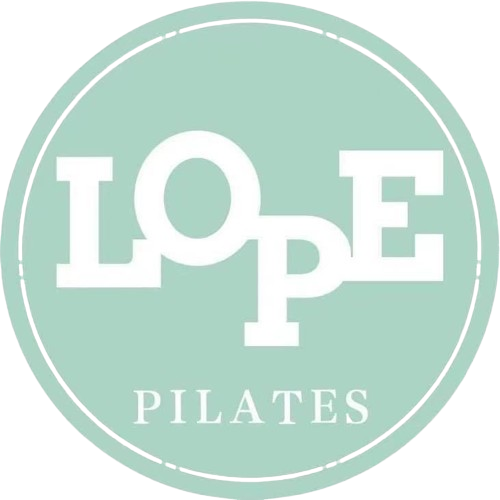
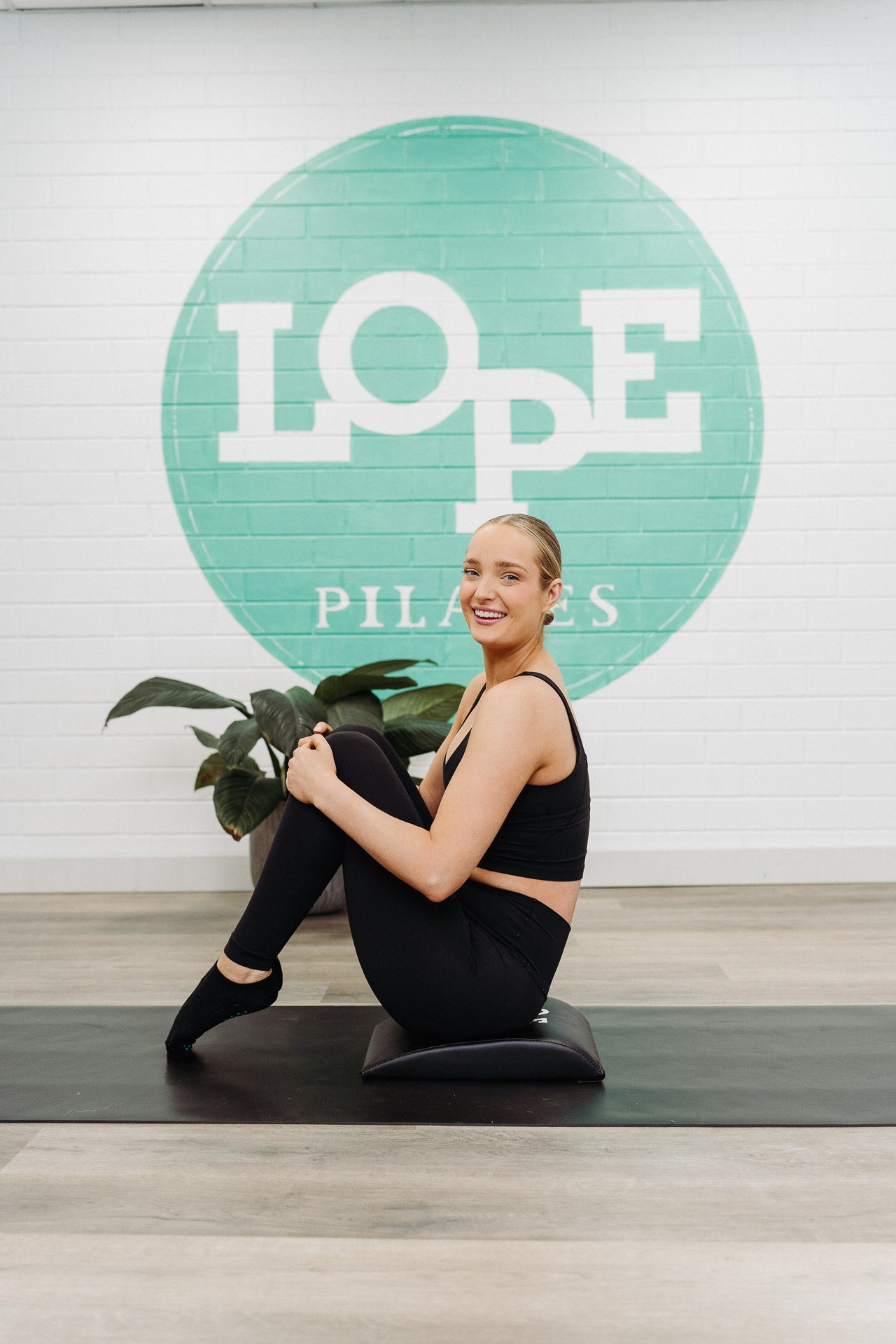
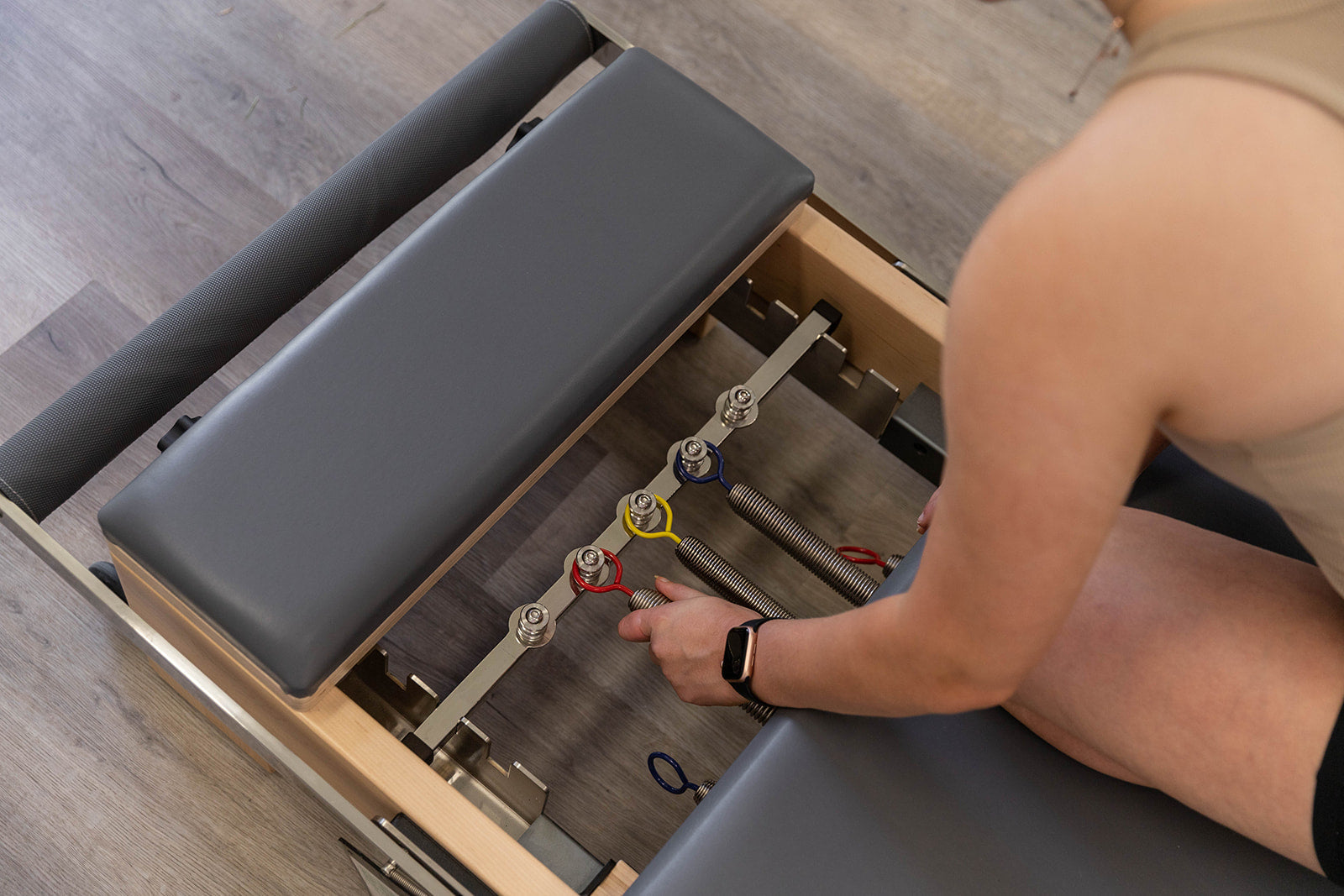
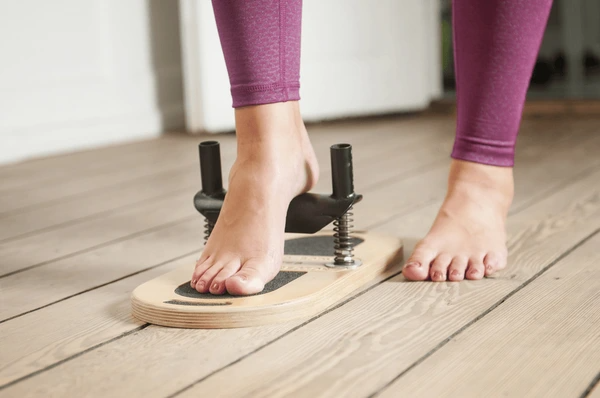
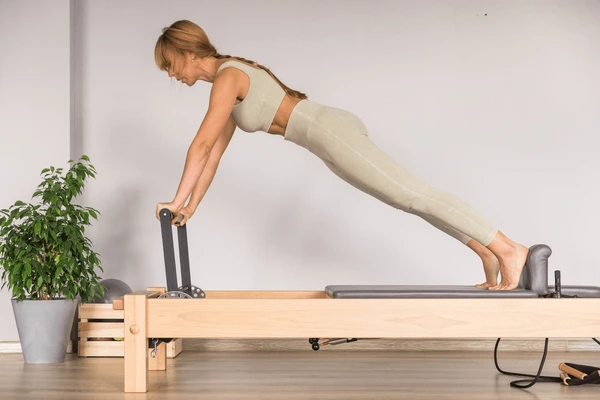
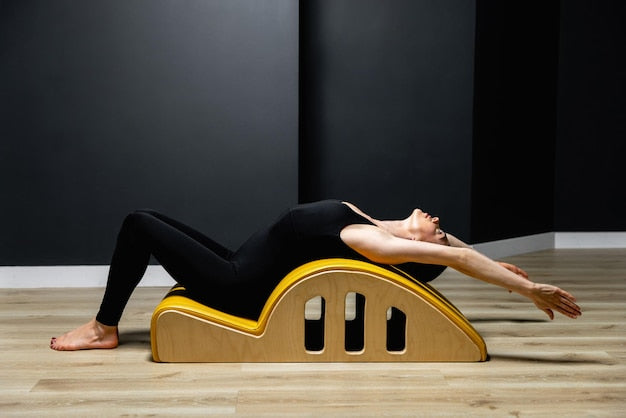
Share:
Get Rid of Lower Back Pain with These 6 Pilates Exercises
Should You Invest in a Pilates Cadillac Reformer Combo?